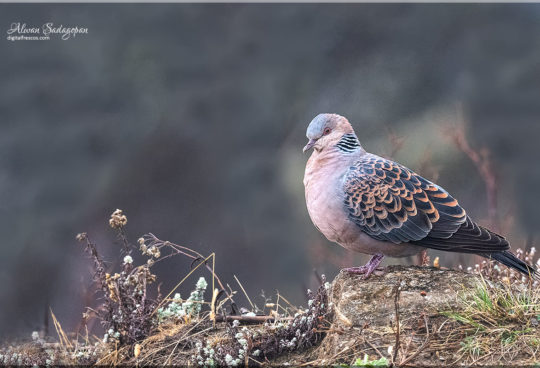Potoos are most often found in Central and South America along the Amazon Basin. But these birds have been around the world, too. Potoo fossils were found in France and Germany, and date back some 40 million years. There are seven different known species of Potoo, and some of them look quite different. The two most common being the great potoo and the common potoo. Potoos are nocturnal creatures. That means they are the most active during the nighttime and are usually asleep during the day. All of their hunting is done under the cover of the night. When they hunt, they use their large mouths like a net. It helps them catch more insects, like moths, beetles, and other flying bugs, when it’s dark out. The great potoo has a distinct and unsettling vocal sound. Scientists have described it as a loud tiger-like or frog-like “baaaaao” sound. They vocalize in spaced-out intervals and typically become the most vocal on moonlit nights. Not only are their features great for camouflaging, but their demeanor is as well. They will pick a random spot on a tree to sit down. Then, they’ll squint their eyes and fluff the feathers on their head to resemble a broken-off tree branch.
The great potoo (Nyctibius grandis) is a near passerine bird, both the largest potoo species and the largest member of the order Caprimulgiformes (nightjars and allies). They are also one of seven species in one genus, Nyctibius, located in tropical America. Due to its large range, the Great Potoo is seen as a species of least concern, according to the International Union for Conservation of Nature (IUCN). The Great Potoo is normally described as “uncommon”, but occurs frequently in areas of less disturbed forests and is often found to be rare along the edges of its range. The clearing of forest is the only conservation threat known to this bird.
![]()






Sorry, the comment form is closed at this time.